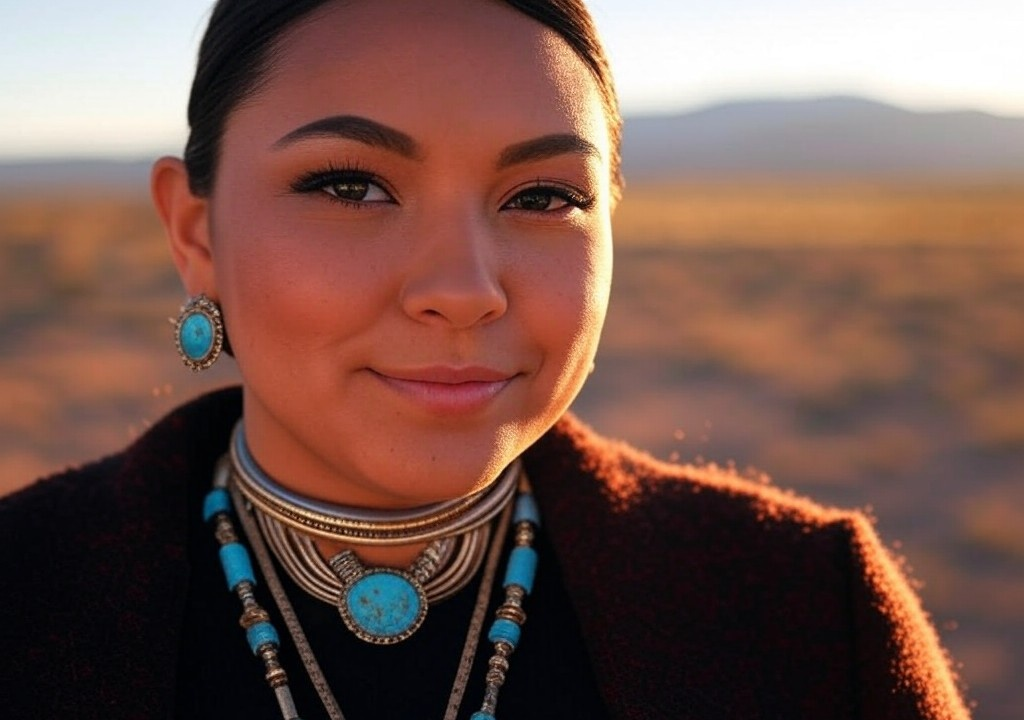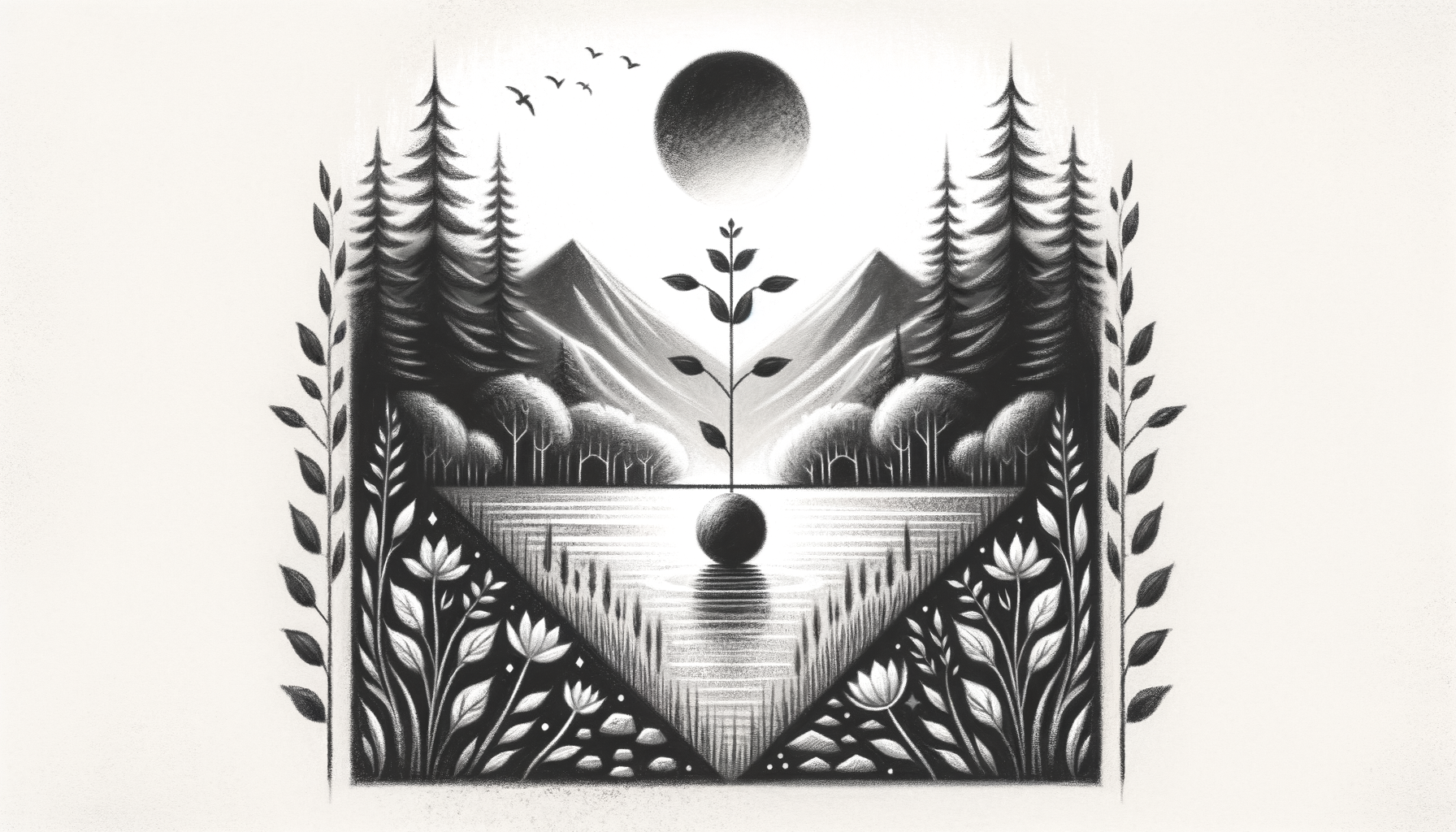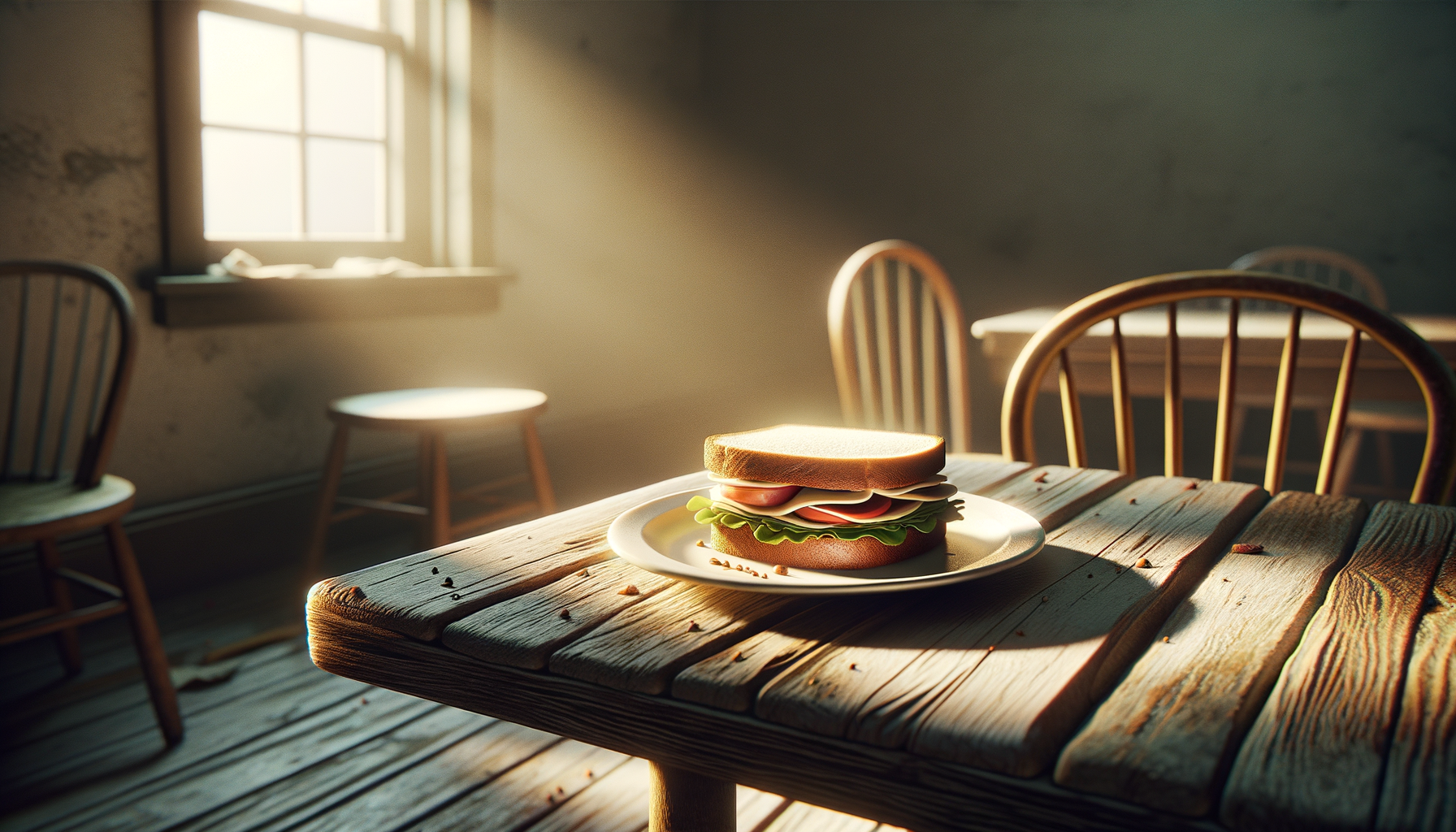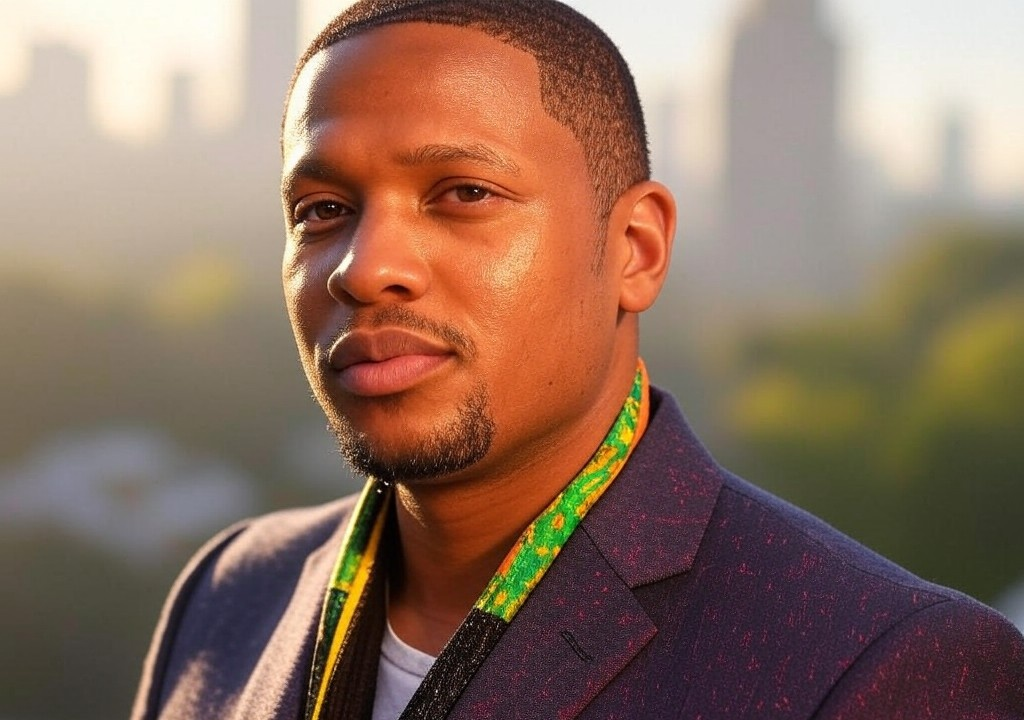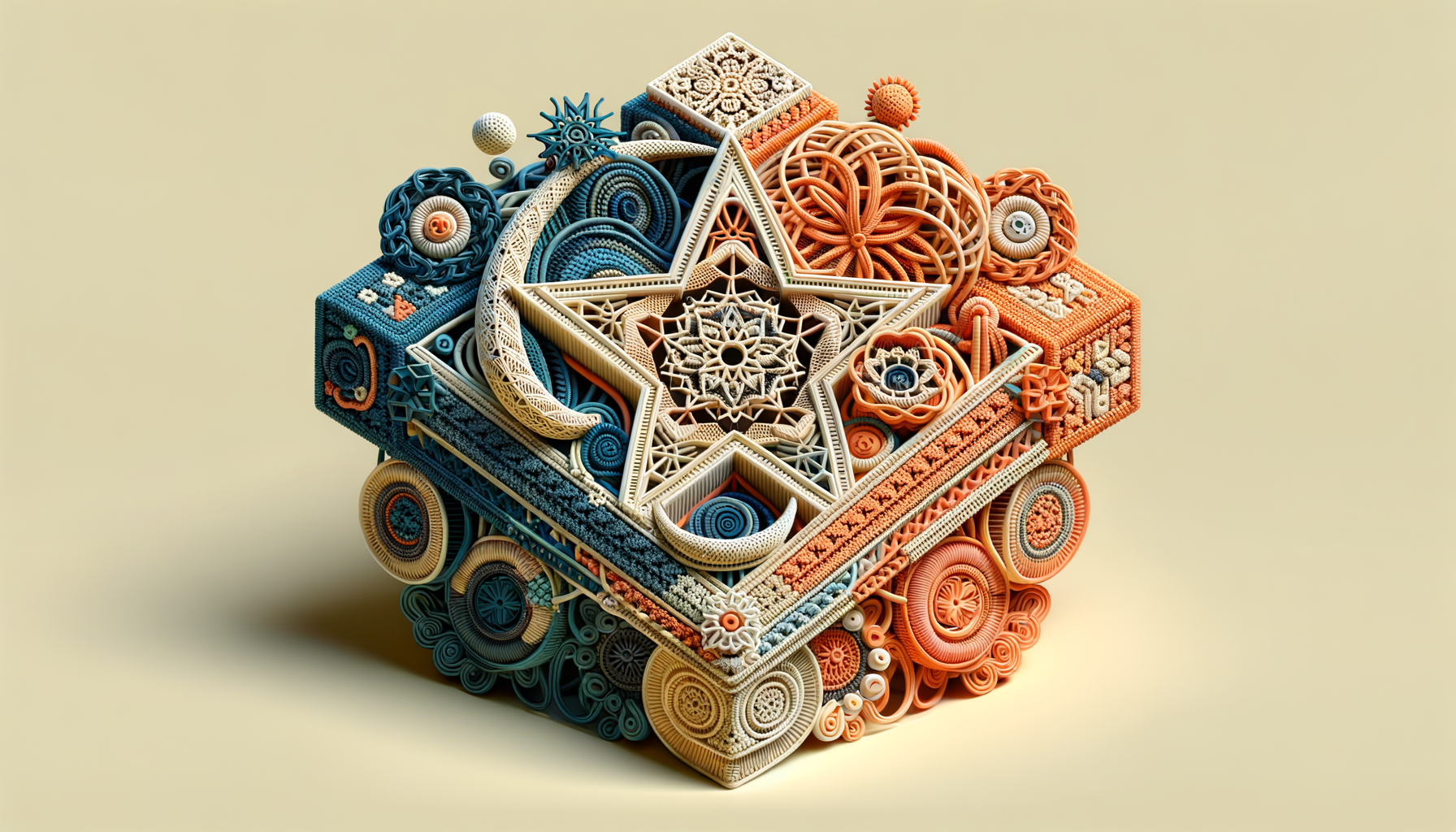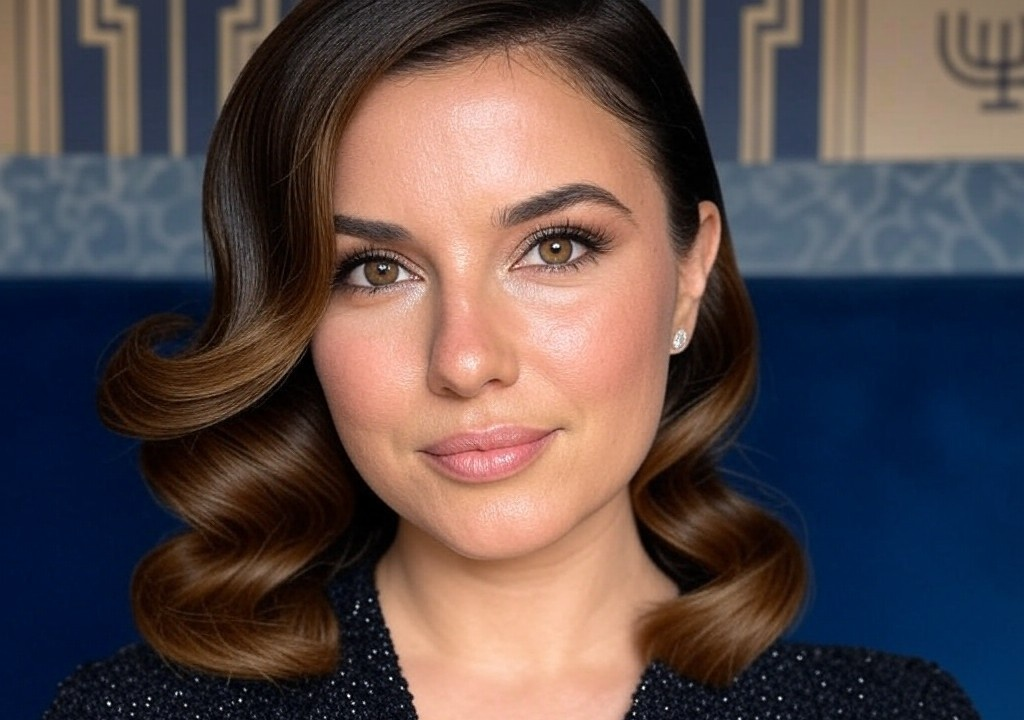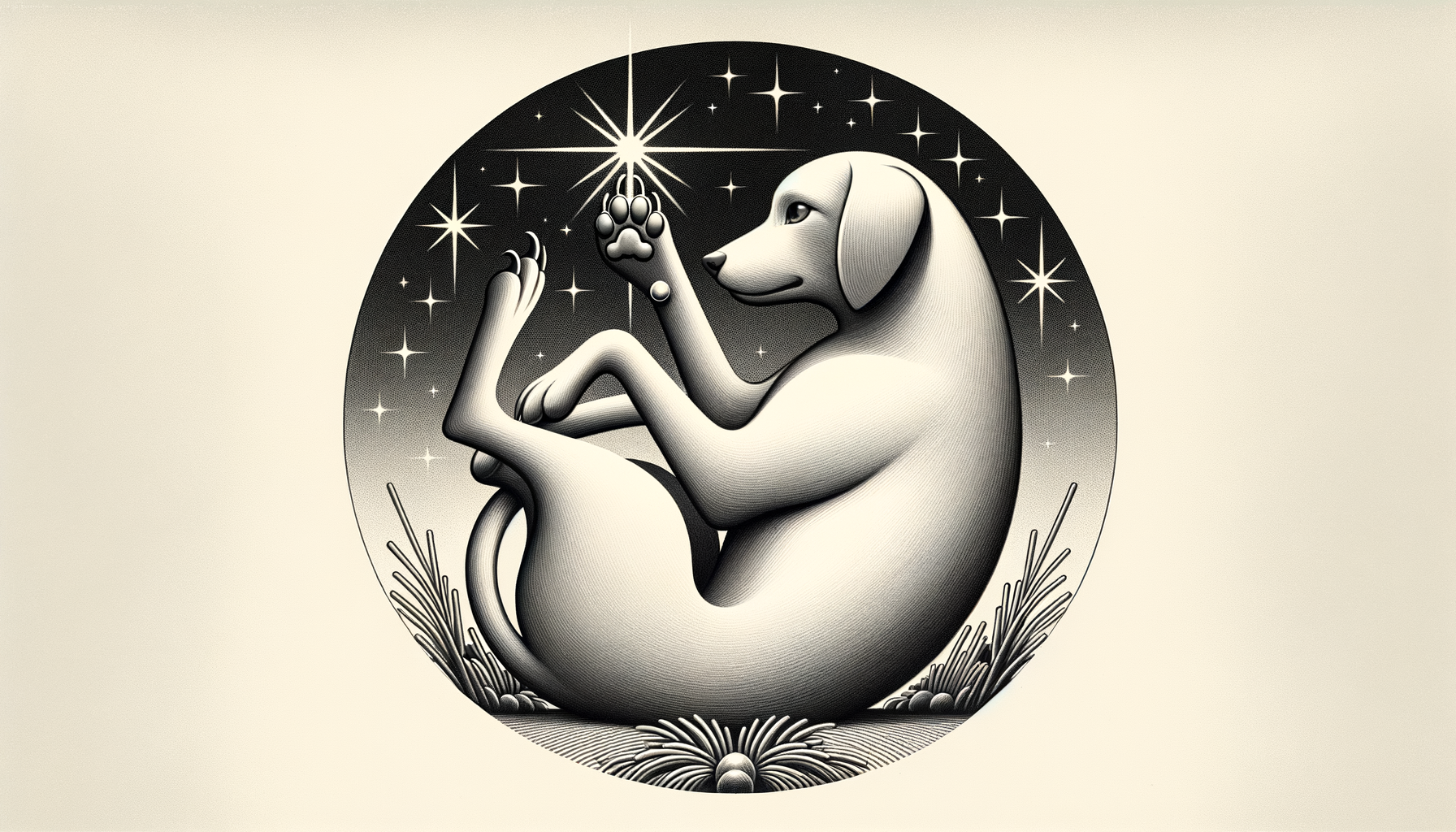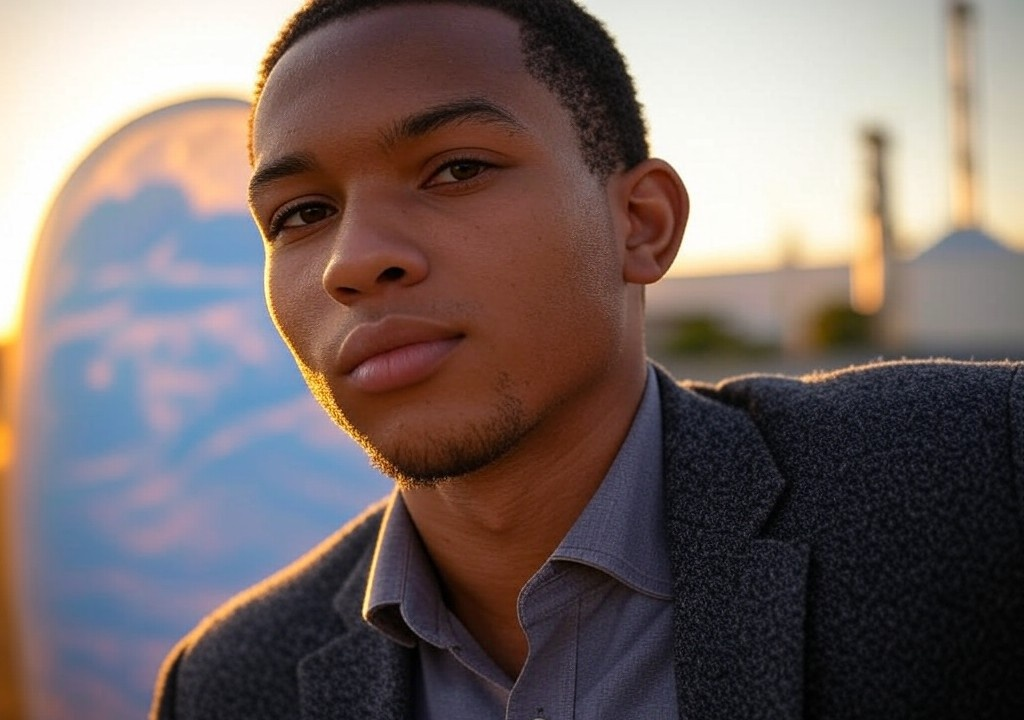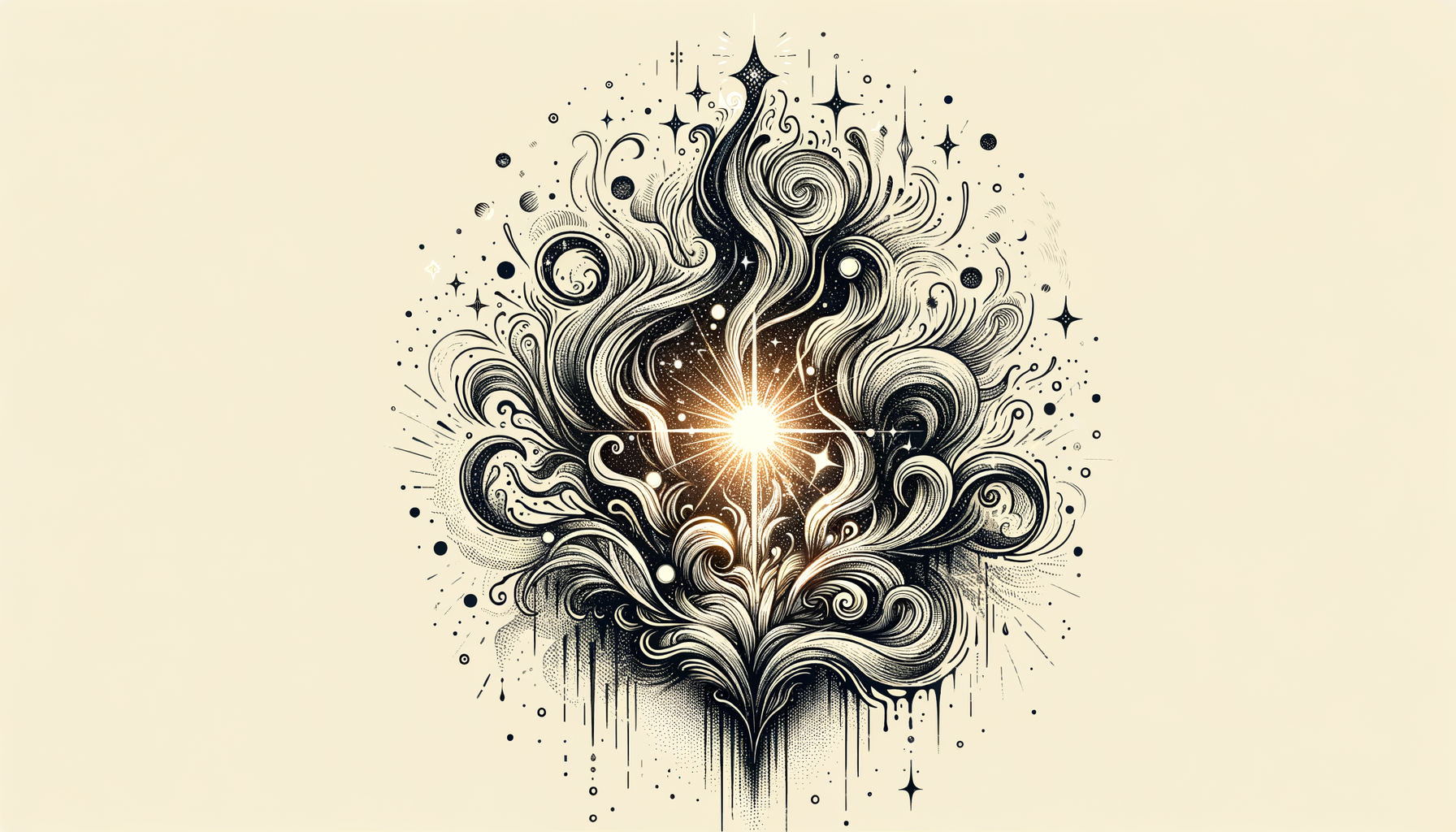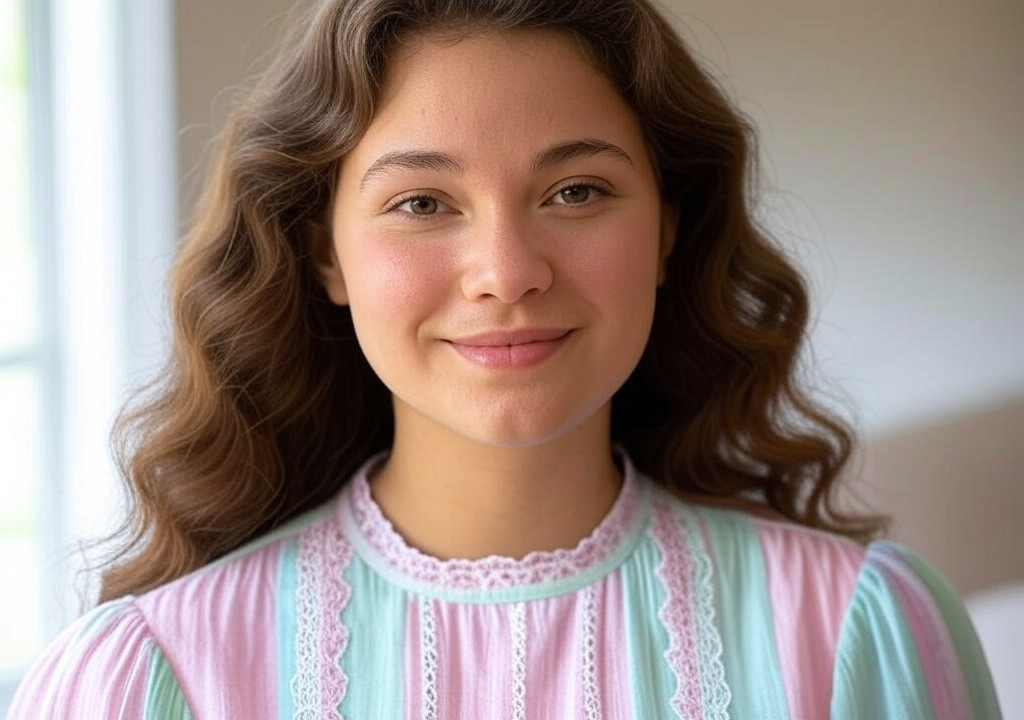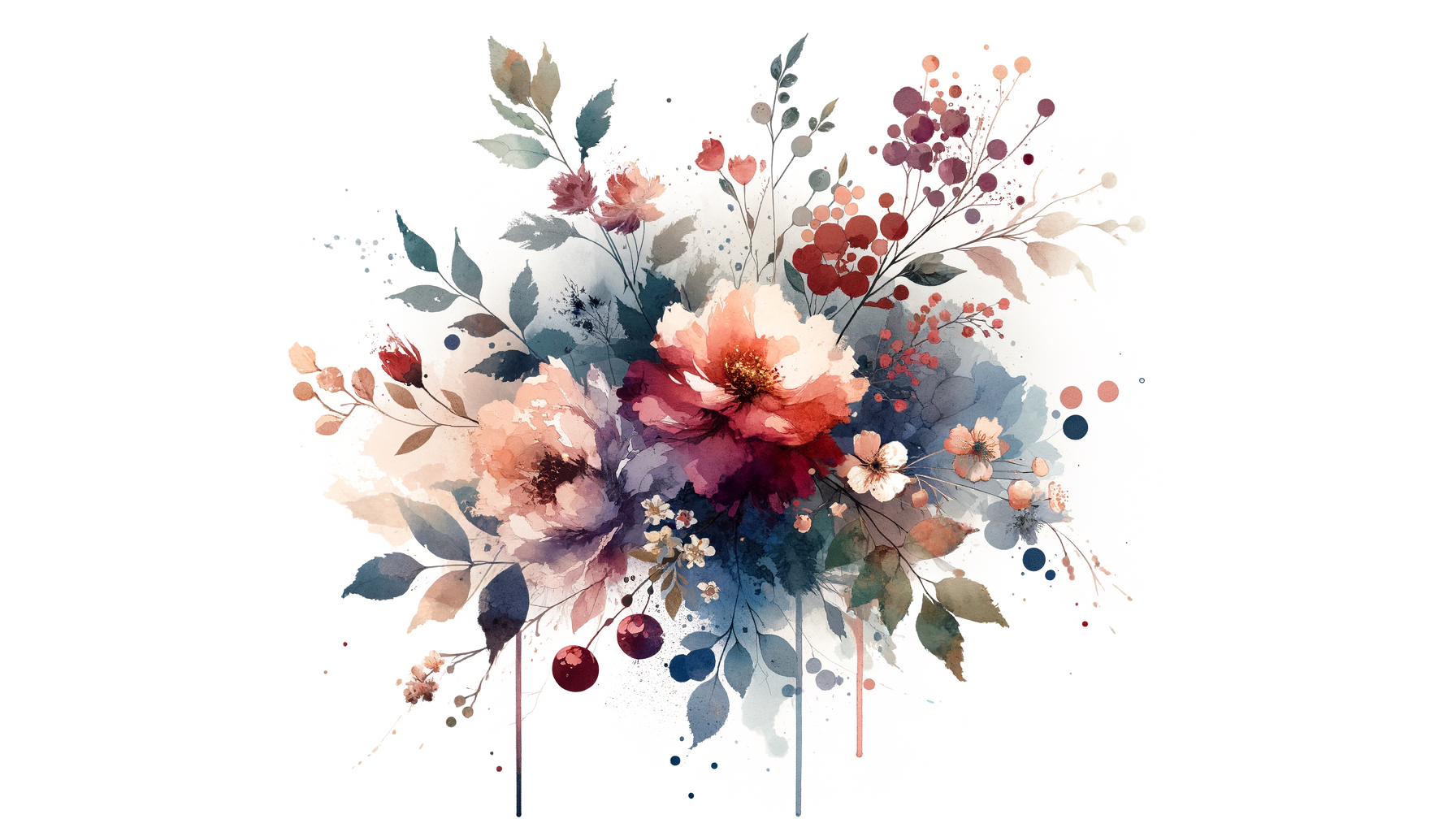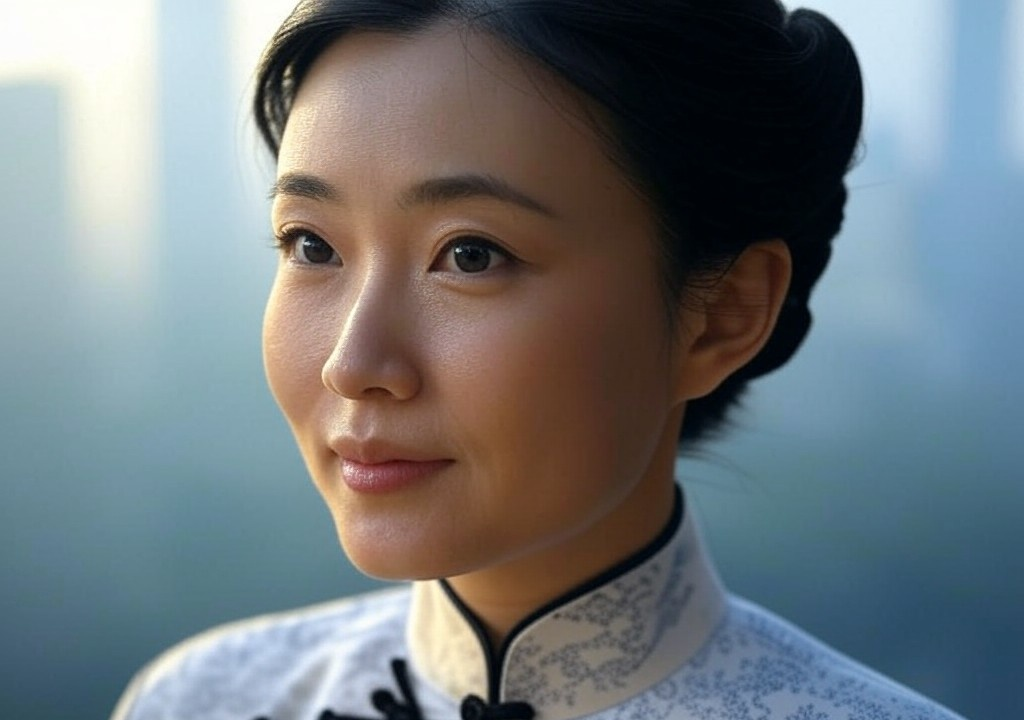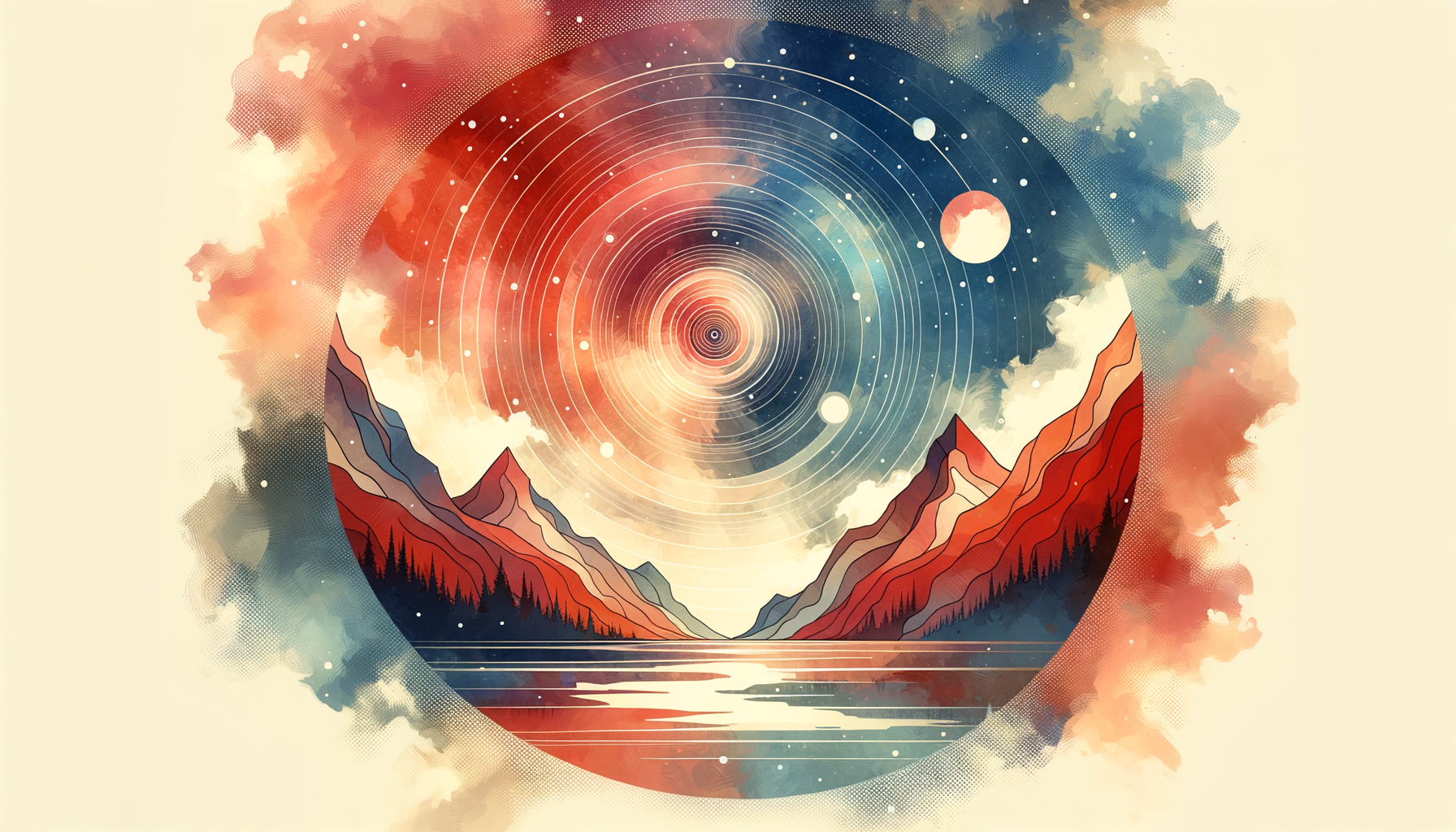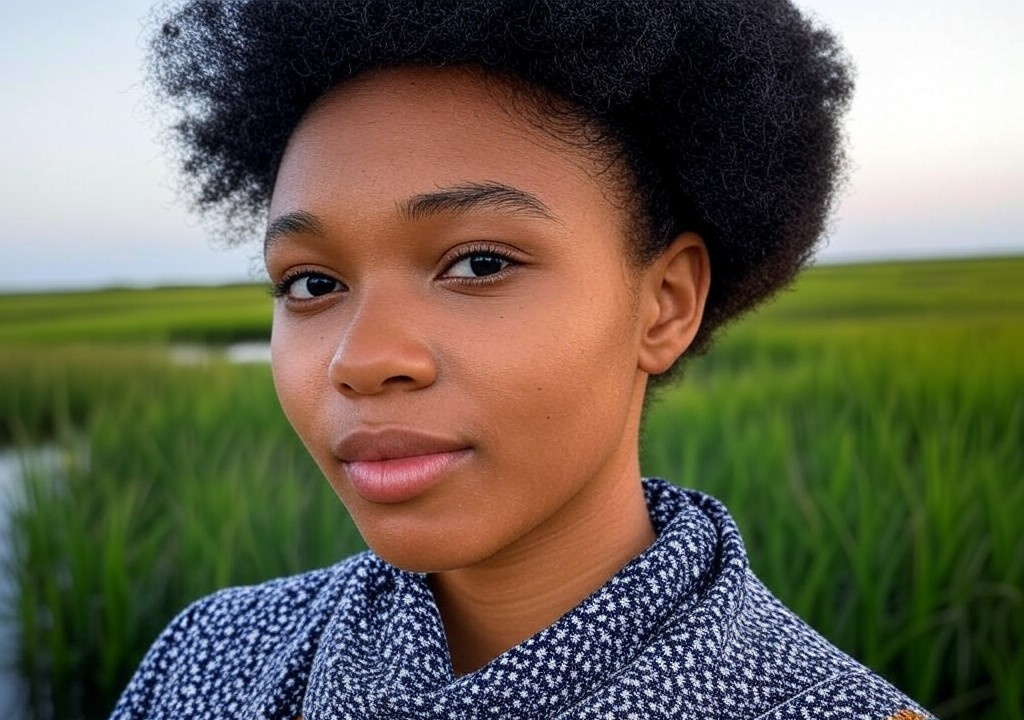How a Small Book About Navajo Philosophy Rewired How I Love
It started, as so many profound things do, with a heartbreak.
I was a freshly minted adult navigating my first gory breakup. You know the type: dramatic playlists, “serendipitous” run-ins at coffee shops (that you absolutely orchestrated), and the lingering thrill-slash-agony of rereading ancient texts like “What went wrong?” Suddenly, my once-clear vision of love had crumbled, leaving me unsure of where I stood. I felt raw, dissonant—kind of like showing up overdressed to a casual party where everyone else is in sweats. And just when I thought I’d spiral into cliché martyrdom, my grandmother handed me a book that changed the trajectory of my love life forever.
It wasn’t a glossy self-help guide. No catchy subheadings promising to teach you “How to Snag the One in Seven Days!” Instead, it was an unassuming, timeworn copy of The Beauty Way. Written by a Navajo elder in the mid-20th century, it’s a philosophical dive into hózhó—the Navajo concept that intertwines balance, harmony, and the interconnectedness of the world. My heartbeat slowed as my grandma pressed it into my hands. “Balance,” she said firmly, her voice seasoned by wisdom and slight impatience. “It doesn’t just happen to you. You choose it.”
Here’s how that oatmeal-colored little book disrupted everything I thought I knew about love and who I was within it.
Love, But Make It Healing
Most of us walk into relationships carrying an invisible tangle of expectations, insecurity, and old narratives that tell us who we should be in love. Mine looked like this: Love equals sacrifice. A good partner is selfless, endlessly patient, and willing to set aside their needs for the sake of The Relationship. And like most burdensome beliefs, that one cracked under pressure real fast. (Spoiler alert: no one is meant to be a doormat in the name of “love.” You hear me, younger Tiana?)
The Beauty Way blew my mind by flipping the script. Rather than love being about what you lose—your boundaries, independence, or sense of self—it framed relationships as an act of mutual healing. Connection, I learned, isn’t an obliteration of self; it’s an extension of its most harmonious form. In plain speak: love should look less like someone camping out in your soul rent-free and more like two people who bring their best tools to build something together.
Here’s how I started applying hózhó to my relationships:
- Recognize the difference between sacrifice and generosity. Giving is powerful in love, but only when it comes from abundance, not fear of rejection or obligation. I stopped overfunctioning (“I’ll just set myself on fire to make you feel cozy!”) and leaned into giving from a balanced state.
- Check my emotional weather. Sometimes, your storminess will spill over into your relationship, and that’s normal. But it’s also not your partner’s job to play meteorologist 24/7. I started asking myself: Am I showing up with clear skies, or expecting someone else to clear the clouds for me?
- Actively cultivate harmony. This means looking at the big picture. How often do we hold grudges over tiny irritations while ignoring all the ways our partners support us daily? Choosing hózhó doesn’t mean we sideline conflict, but we address it with the goal of creating balance—not “winning.”
Flirting with the Universe
Here’s where it gets whimsical. One refrain in The Beauty Way stayed with me: “Walk in beauty, and the world will respond in kind.”
To a bitter, post-heartbreak me, that sounded a little too much like the romantic equivalent of “just think positive vibes.” But over time, I came to understand it differently. “Walking in beauty” isn’t about forcing optimism into a bad situation; it’s about showing up intentionally, being present, and appreciating the small ways life can delight you. Even in the middle of a romantic dry spell, choosing to notice the shimmer of the moon on your windshield or the laughter of teenagers spilling out of a pizzeria at 10 p.m. invites beauty into your life.
It’s like flirting, except this time you’re doing it with the entire universe—and here’s the thing: the universe flirts back.
When I started appreciating moments of beauty for their own sake—not because I was hoping to manifest some grand karmic return—everything shifted. I smiled more easily. Felt less stressed about performances of love. Eventually, I carried this attitude into dates. Why strain to choreograph a seamless “meet cute” moment while sipping mochas on a park bench when laughter over discovering you both love pineapple on pizza (don’t @ me, haters) feels like its own little spark of beauty?
If you’re dabbling in hózhó-based flirting, try this:
- Release the script. You don’t have to manufacture a perfect date or “say the right thing” to impress someone. What your potential partner cares about are the layers of beauty you bring with you—your curiosity, kindness, and humor.
- Discover what lights you up. Nothing is more magnetic than a person who’s deeply alive in what they love—whether it’s doodling cat cartoons or being a connoisseur of grocery-store doughnuts. Pursuing your passions builds the beauty around you and makes your connection with others that much more vibrant.
- Find gratitude in the chaos. Got ghosted? Runny mascara on date night? Lean into the mess. In the grand scheme, these are things that tie us, in all our humanness, to one another. As someone very wise (me, during a karaoke rendition of “Since U Been Gone,” post-breakup) once said: heartbreak's weirdly beautiful when you know it’s growing something in you.
Love as Ceremony
What The Beauty Way taught me most is that relationships—whether you’re riding the high waves of a new crush or quietly existing in a long-term partnership—are acts of ceremony. To treat love as ceremonial means honoring it not just with grand gestures, but with everyday reverence.
My faith in ceremony came from watching my Navajo community create meaningful rituals around everything from harvesting corn to prayers for rain. Growing up, I saw how infusing intention into the smallest acts—offering a prayer when tending sheep, for example—turned the mundane into something sacred.
In our modern lives, where so much of love feels transactional or even disposable, I think this philosophy is more vital than ever. Whether it’s lighting a candle and saying a prayer before a date (yes, I’ve done it; no, it’s not as woo-woo as it sounds), or something as simple as pausing to thank your longtime partner for doing the dishes—finding ceremony in the routine is how we keep love alive.
My grandma, in her no-nonsense wisdom, once said, “Love isn’t just something you fall into. Love is what you water. What you dig roots for.”
Trusting the Journey
At its heart, The Beauty Way is about embracing the messy, imperfect, stunning trajectory of human connection. It's about shedding those suffocating expectations of what romance should be, and finding joy in what it is.
When I look back now—through friendships deepened, loves that came and went, even those occasional “what did I text him last night?!” embarrassments—it’s clear I’ve walked my fair share of winding, dusty roads in romance. But what I’ve carried through it all is an oath to hózhó: a promise to seek balance, find the sacred in the small, and trust that beauty is always nearby, even when I’m temporarily facepalming.
So grab your metaphorical hiking boots and pack this lesson: love isn’t about scaling some mountaintop of perfection. It’s about walking carefully, curiously, open to the journey—and letting the trail surprise you.
Now, excuse me while I go dust off my grandma’s copy of The Beauty Way. I may be years beyond that first heartbreak, but the lessons still have plenty to teach me.


